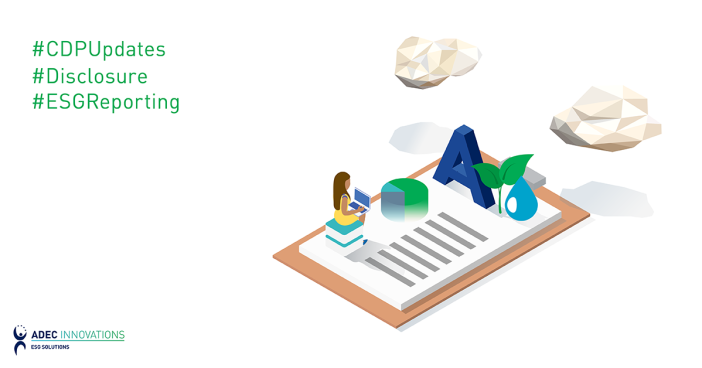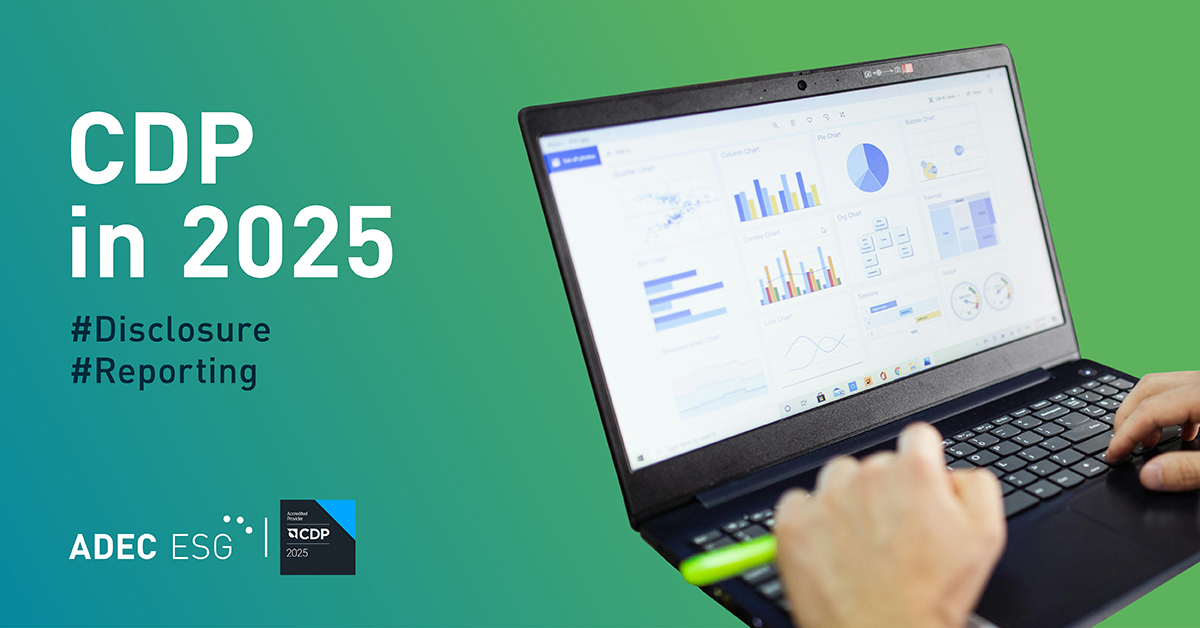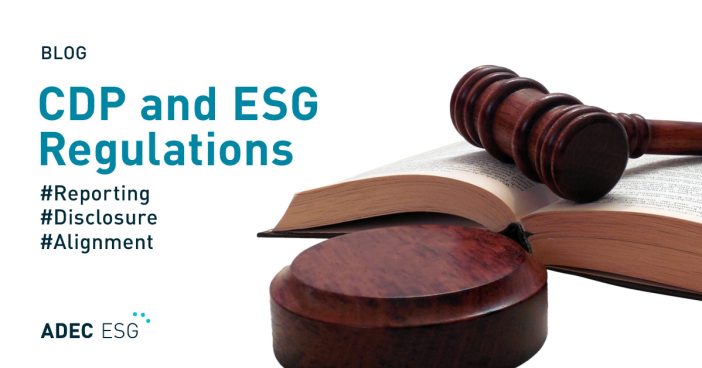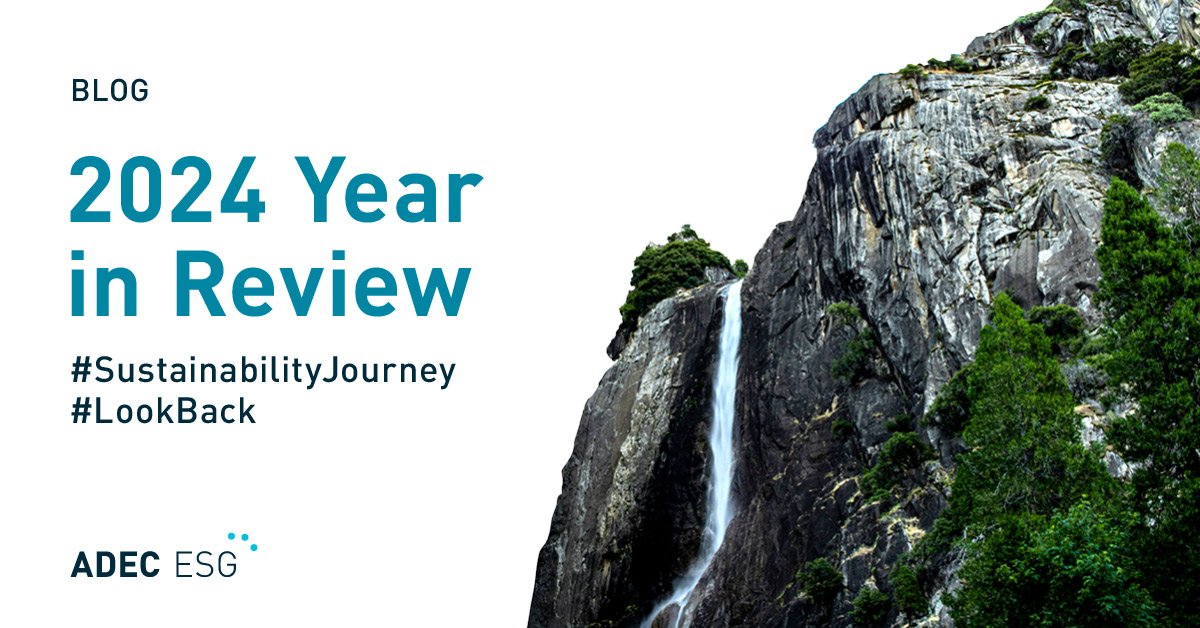Every year, global disclosure organization CDP updates its methodology and its questionnaires to align with climate science and the constantly changing ESG space in which we operate. In 2022, companies disclosing to CDP will see marked shifts in the questionnaire’s focus and should consider updating their reporting strategies to ensure maximized performance—and better alignment with global ESG frameworks overall.
To help reporting companies get up to speed on the latest changes, we hosted a webinar to review these changes and answer audience questions. As a CDP silver Climate Change consultancy partner, ADEC ESG Solutions is uniquely equipped to support companies as they work to improve their ESG reporting programs.
The number of companies reporting to CDP has grown steadily over the past two decades. The year 2020 in particular saw massive growth, with a 37% year-over-year increase in participating companies.
In response, CDP is taking a more holistic approach on disclosure, emphasizing data-driven progress, zeroing in the focus on governance, pushing for alignment with other ESG frameworks, and raising the bar on supply chain engagement. This year’s questionnaires also introduce a new Biodiversity Module and more explicit overlap of the Climate Change, Water Security, and Forests questionnaires.
Want more than just the highlights? Watch the full webinar on-demand here.
Emphasis on data and demonstrating progress
CDP is shifting its focus—from setting targets and goals to demonstrating progress on those goals.
While reporting that your goals are commendable, can you show how you are meeting them and is your data solid and defensible? Some of CDP’s newest questions are asking companies to report on the background of reported figures, such as what assumptions were made during calculations and examples of actions you took to achieve those goals.
In addition, new questions ask for more details regarding your organization’s low-emissions roadmap and long-term planning. Perhaps your goal is to reach a certain low-emissions level, but do you have a low-carbon transition plan in place to get there? On what data are you basing that strategy? Have you assessed relevant climate-related risks associated with your plan, and how has this affected your financial planning? Across all CDP reporting themes, there is an increased focus on data collection and monitoring, including what methods and data sources you use to monitor that data.
Greater focus on governance
Starting this year, CDP is asking for greater oversight that extends far beyond just who manages your operations on a day-to-day basis.
Transparency should extend to the C-suite and board level, meaning greater attention and greater oversight, all the way to the top. Who is responsible for climate-related and other ESG issues? How are these individuals being selected, and how is their performance being measured?
New questions across all three questionnaires ask you to specify criteria used to assess board member competency on climate and environmental issues. As with all questions—particularly new questions—it’s up to you as a company to define what those criteria entail. Does it mean that the individual has a proven history of reducing emissions over time, experience managing facilities, or a successful record of implementing emissions-reducing programs? Is competency measured by achievements, overall experience, or daily tasks? CDP’s goal is to achieve greater accountability from those with the most influence—who is enacting change and making decisions, and by what standards are these individuals selected?
Alignment with other ESG frameworks
Created in 2015, the Task Force on Climate-Related Financial Disclosure (TCFD) provides reporting recommendations specifically geared toward mainstream annual financial filings. Like CDP, the recommendations have evolved significantly over the past few years to better serve the climate-related financial reporting world.
The Global Reporting Initiative (GRI) Standards have a broader objective and were created to help organizations report on their impacts on the economy, environment, and people. The GRI Standards’ primary focuses are sustainable development and transparency, and they are geared toward a wide audience including investors, policymakers, and society at large.
CDP is making a concerted effort to more closely align reporting standards with the TCFD recommendations and the GRI Standards. In fact, we’re seeing a lot more overlap between the three as they work to incorporate much of the same data.
Example 1:
| Framework | Aligned Data Point |
| TCFD Recommendation | Describe the board’s oversight of climate-related risks and opportunities |
| CDP Question | (C1.1b) Provide further details on the board’s oversight of climate-related issues. |
| GRI | GRI 103: Management Approach |
Example 2:
| Framework | Aligned Data Point |
| CDP Question | (W1.2d) Indicate whether water is withdrawn from areas with water stress and provide the proportion. |
| GRI | GRI 303-3: Water withdrawal |
For reporting companies, this is welcome news. The vast landscape of ESG reporting frameworks has been known to be both complex and opaque, making corporate disclosure difficult for many companies interested in creating reporting programs that are both efficient and comprehensive.
Raising the bar on supply chain engagement
A company’s supply chain is, on average, responsible for a staggering 5.5 times its direct emissions—and CDP wants more visibility into that part of your business. CDP is not alone on this, as other reporting indices are quickly implementing similar supply chain standards.
New questions shine a spotlight on how you are influencing your supply chain and what actions you have taken to motivate its members to help you achieve your sustainability goals.
For example, are you making climate-related requirements a part of your purchasing process? Does your organization assess the impact of your value chain on topics like biodiversity, and do you monitor deforestation or conversion footprints in your supply chain?
In addition, CDP’s updated methodology no longer allows for compliance and onboarding to be optional for supplier engagement. The question is no longer “Are you engaging with your supply chain?” but rather “How are you engaging? How are you monitoring for compliance, and what actions are you taking to ensure that your suppliers are compliant?”
CDP and other ESG frameworks have seen the data. They recognize that the vast majority of a company’s emissions are indirect emissions, originating from the supply chain—and they’re building that accountability into their methodology.
CDP is constantly evolving, as both a driver of ESG trends and in reaction to them. In recent years, we’ve seen a remarkable shift in the ESG space towards greater transparency, detail, action, and progress. As frameworks like CDP continue to change, ADEC ESG is here to support your Sustainability Journey and ensure that you have everything you need to get the most out of your ESG programs.
Want more than the highlights? Watch the full webinar on-demand here to get all the details from our experts and view the live Q&A.
ADEC ESG is a CDP silver Climate Change consultancy partner and has been working with organizations to improve their CDP performance for more than ten years. Browse select CDP services in our online store, or click here for a more comprehensive list of how we can help.




